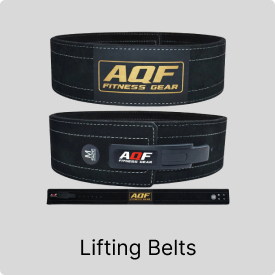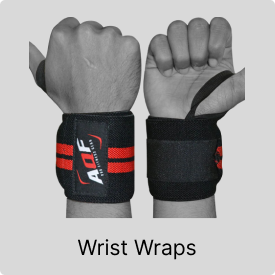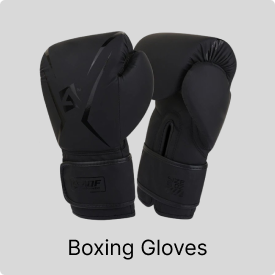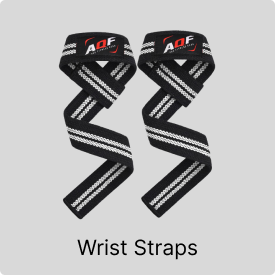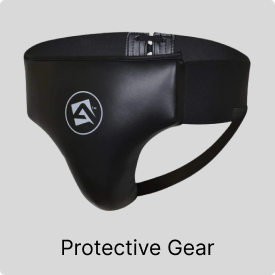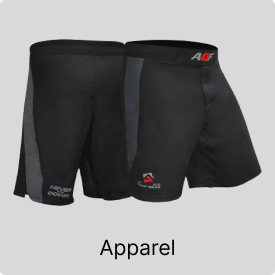How To Squat Properly? Squat Tips And Benefits (2023)
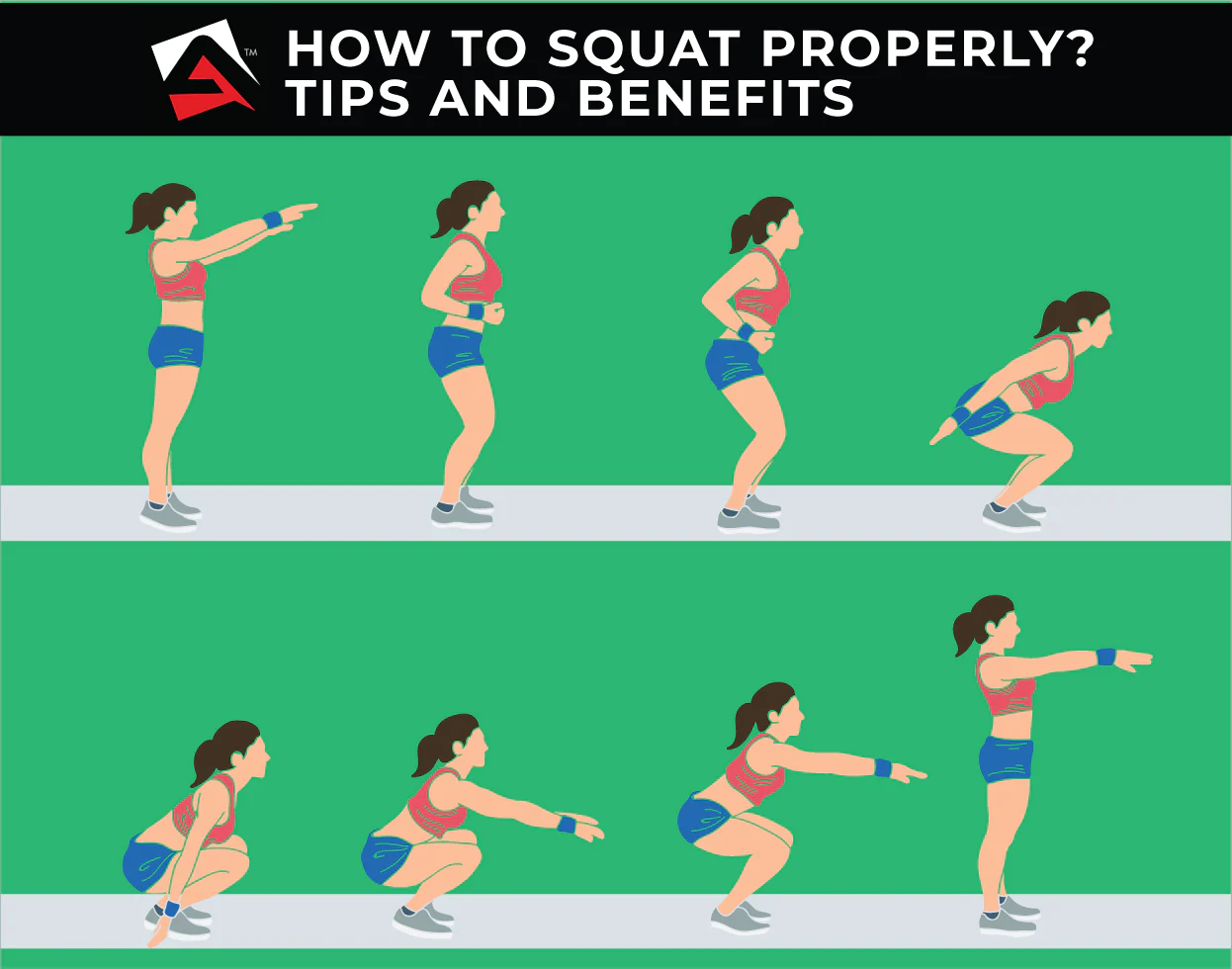
Squats are the one signature move that you will find at the very core of every good workout regime. They are the best way of achieving a fit, strong body, and strengthening your leg muscles. Squat exercises are definitely never absent during a “leg day” for any fitness freak or a lover of weightlifting. But are you sure that you know how to do squats properly?
We have put together a step-by-step guide on how to squat properly and the benefits of doing squats whenever you work out. So, you can have a better training experience and get the most out of your training routine.
What Is A Squat?
Squats are one of the simplest exercises to improve the lower areas of the body. With a proper squat, you can work your thighs, hips, as well as your core or the abs of your body. The best perk of a squat is that it can be performed anywhere and anytime without using any special equipment. However, the incorrect way to squat can result in some unpleasant injuries.
In terms of their use, we do squats all the time. From bending down to pick up the keys to tying the laces on our shoes, we are always in some sort of squat position. The only discrepancy between these activities and a correct squat is that when you squat, you actively concentrate on proper posture and muscle development.
Which Muscles Do Squats Work?
Primarily the muscles used in squats are hip and leg muscles. However, if you perfect the squatting technique, you can engage more muscles than just legs:
- Quadriceps thigh muscle
- Quads
- Hamstrings
- Butt
- Abductors
- Biceps calf muscle
- Straight abdominal muscle

Types Of Squats
The different types of squat exercises not only help you get more stamina during your workouts, but they also reflect a set of movements that you unconsciously use throughout your everyday life. Here are some squat variations that you do if you get bored with doing the standard squats every day:
- Box squat
- Sumo squat
- Squat jump
- Squat thrust
- Split squat
- Bulgarian split squat
- Cossack squat
- Single-leg squat
- Pistol squat
- Goblet squat
- Back squat
- Front squat
- Overhead squat
- Landmine squat
Squatting: At a Glance
The correct way to squat will not only maximise your efforts but it will also save you from muscle pain or unpleasant injuries. But how to properly do squats?

- Stand straight and spread your legs in accordance with your hips’ width and keep your toes facing forward.
- Squeeze your abdomen while pushing your shoulder back slightly.
- Put your hands on your side after stretching your shoulders.
- Now take a deep breath, lower your body to the floor slowly and push your hips back a little.
- Make sure to not bend your back, to prevent you from leaning forward when squatting, and keep it straight. Maintain your squat feet position while doing so.
- When you reach the squat position with your thighs parallel to the floor and knees at a 90-degree angle, take a pause and stay in that squat position for 2 to 3 seconds.
- Push your heels, straighten your legs slowly, and return to the standing posture with exhalation.
To get the best out of squats, repeat a squat for at least 15 times in a row.
Pro Tip: Resistance bands add control & increase squat resistance during eccentric as well as concentric movement movement. You can buy best resistance bands in UK from AQF Sports.
How To Do A Proper Squat: A Step-by-step Guide
Before you proceed to barbell squats or squats with weights, also known as bodyweight squats, it is important to know how to do a squat properly and how to stand properly after squatting.
Maintaining the correct squat position is the key, since the perfect squat form, whether you prefer to do sitting squats or knee squats, can cut down the risk of getting injured considerably.
Here is everything that you need to know about how to properly squat, and how you can benefit from the benefits of squats while avoiding the most common squatting injuries and mistakes.
Assume the Proper Squat Position
The first step to the perfect squat technique is to assume the correct stance: keep your feet apart parallel to your shoulders’ width. Keeping anatomical differences in mind, a reasonable angle for feet placement can be somewhere between 5 degrees and 30 degrees.
So, instead of pointing straight ahead, your legs might turn out slightly, but how much they do so will depend on your individual level of mobility and comfort. Also, place your hands on your hips.
Place Your Feet Firmly Onto The Floor
Screwing your feet firmly to the ground helps to engage the muscles, boost alignment, and add stability. It also prevents your arches from falling, which can increase the possibility of your knees caving inward when you are in the squat position. This is also known as knee valgus.
Keep Your Stomach Muscles Tight
Your upper body plays a key role in squatting. Keep your chest up and your stomach muscles tight. Stand up straight, push your shoulders back and keep your chest up and proud.
Pull your navel in your back during expiration. This practice will help to engage the deep abdominal muscles. This practice eventually increases the integrity of your pelvis and spine.
Initiate The Squat
As you’re about to squat, bend your knees and push back your hips. Engage the core for the descent, and keep it braced all the way. Instead of rushing through the descent, just take a few seconds to lower yourself. This will increase your muscle tension timeframe, which will make your muscles work harder.
Inhale as you lower your hips, and as you squat down, your knees should be tracked horizontally above your first or second toe. Tracking too far in can also cause your knees to collapse inward, and tracking them too far out can place additional stress on them.
Take A Pause When You Get Parallel
When it comes to being parallel, and how low should you squat, the back of your thighs should be parallel to the floor. If you cannot get parallel because of an injury or lack of mobility, then it is better for you to end your squat at a depth that is pain-free for you.
Sometimes people cannot achieve the ideal parallel depth because they squat with weights. So, when performing bodyweight squats, make sure to use weights that do not inhibit your full range of motion.
When you hit the bottom of the squat, pause for a second so that you do not use the momentum to drive yourself back up. You can also increase the duration of your pause to add a challenge.
Drive Through Your Heels And Stand Up Straight
Make sure your feet remain planted for the duration of the squat while paying special attention to driving back up your heels. This is going to fire up your posterior chain — the muscles located in the back of your body, including your hamstrings and glutes.
Make sure that your entire foot stays rooted firmly on the ground instead of picking up your toes when driving through your heels.
Most importantly, you certainly do not want to hold your breath. Therefore, exhale on the way back up, too. Make sure you breathe all the time. Inhaling on your way down and exhaling on your way up is vital.
Make An Impression When Finishing
When you stand up try to place your pelvis in a neutral position. Just be cautious that you are not hyperextending. And also make sure that you do not make the common mistake of forcing your hips too far forward. This can potentially make you lean backwards and stress your lower back.

Repeat this process 10 to 15 times in a set and make sure you complete a total of 3 sets. You can choose to stretch your arms in front of you to keep yourself even more balanced during a squat. This way you can add more stability to your squat form, especially if you are still learning how to do a squat.
Also Read: 11 Weighted Squats Variations You Need to Add to Your Workout Routine
What Are The Benefits Of Squatting?
Not only do squats strengthen the muscles, but they also have several other advantages. Find out what other benefits of squats you can avail by doing them on a daily basis:
- Squatting, regularly, helps support proper posture.
- It helps burn calories. An approx. 64 kg person can burn up to 133 calories by doing 15 minutes of intense squatting.
- Squats also improve stability and flexibility.
- This exercise also strengthens the heart
- One of the most important squats benefits is that it helps prevent injuries.
- Squats maintain joint health and strong bones.
- Squatting benefits also include enhancing the ability and speed to jump. In other words, it improves overall movement speed.
- Another squat benefit is the improvement in blood circulation and digestion of the body.
- It also helps in the building of muscles.

Also Read: 12 Fat Burning Exercises to Loose Weight at Home
Get The Most Out Of Your Squats With These Squat Tips
Now that you know how to squat, lets a take a look at the most common techniques to avoid when trying to perfect the squat technique:
Stay In Your Comfort Zone: Lower your hips only as far as you comfortably can. When you feel to begin the uneasiness in your knees or your hips, stop right there and use that limit as your end-point.
A Solid Base Is Compulsory: A proper squat exercise requires you to start with your legs slightly wider than the shoulder-width apart. Using a narrower posture not only helps you to target your outer thigh muscles, but it also reduces the stability of your foundation and places extra pressure on your knees.
It’s often hard for people to get the appropriate depth in a squat because they have tight hips and ankles. For these individuals, squatting with a slightly raised heel puts their mechanics in a favorable position to work around their mobility limitations. Squat shoes allow people to get the depth required and not place their hips and ankles at risk.
Look Ahead: Keep your eyes and head positioned straight. Avoid looking up and down way too much. This will help you keep your neck in a neutral position which eventually helps achieve a correct squat form.
Keep The Spine Neutral: Avoid rounding your back or shoulders and keep your spine in a neutral position.
Only Squat What You Can Handle: Do not go searching for how to squat more if your form can not handle heavyweight. Your squat muscles will benefit more from squatting if you do it properly with a proper form. If you lift too much weight, you can end up giving yourself bad squat form.
Moreover, lifting more weights can strain your hips, knees, and lower back, which can cause injuries. However using a lifting belt can reduce the stress on your muscles and enable you to do more weighted squats.
Brace Your Core: Activate your core and create a tension in your abs. Think of your core muscles as an internal weight belt that is holding everything in place. And keep your core muscles engaged throughout the squat exercises.
Squatting Frequently Asked Questions
Take a look at these most frequently asked questions regarding squatting and benefits of squatting if you want to know more about squatting properly:
How does squatting help with losing weight?
Squats burn numerous calories, which helps to shed fat and develop muscles. As you build muscles, your metabolic rate increases, which in turn helps you to burn your stored fat.
Can squats make a person shorter?
Yes, they can. Squats can make the body a little shorter due to a minor compression of the spine, but the impact is only temporary and is totally reversible by lying flat or doing stretching exercises, according to fitness experts.
What are some good squat alternatives?
If you are facing difficulties when hitting the squat rack because of your hip or knee injuries, you can target the muscles you have been trying to by doing exercises like banded lateral walk, staggered stance deadlift, glute bridge, good morning, single leg glute bridge, donkey kicks, and banded hip drive, etc.
The Final Takeaway
Squats are one of the most common and beneficial lower-body exercises for your fitness. Though there is a lot to unpack on how to do a proper squat, the advantages of learning how to squat properly are immense.
To conclude, anyone who wants to squat can do so but doing it properly is what matters the most. If you follow the procedure closely, you can easily master this extremely simple yet highly effective exercise. So, get up and squat down to achieve your goal of a fit and fabulous body.
Images source: Shutterstock


